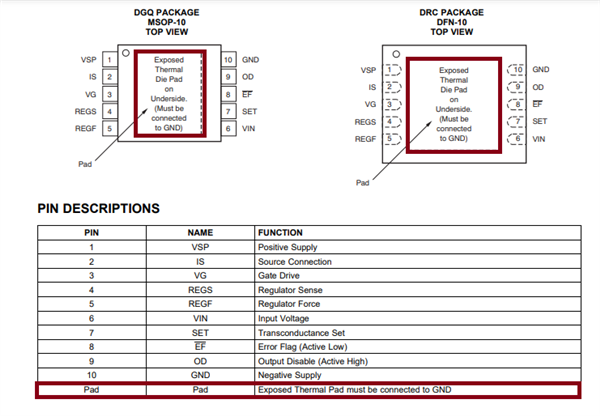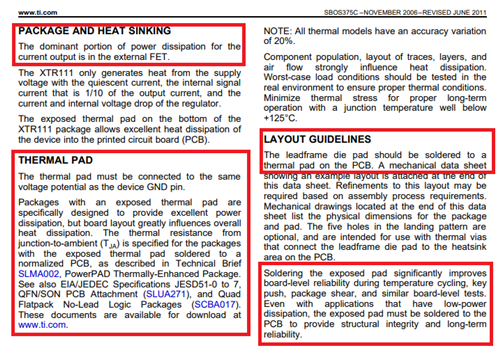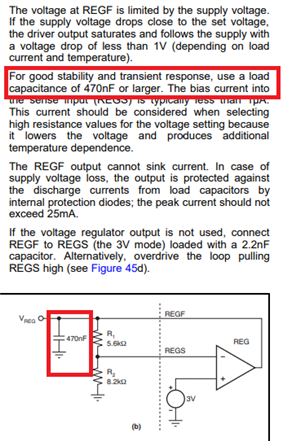Hi team,
My customer uses XTR111 to design that to do tests when different room temp.
Remove R18 and connect to 5V. basically output current is 25mA.
So customer measures the current 24.857mA when TA=25C then TA up to 80C.
Current up to 25.563mA. the error around 2.8%. I ask customer to check the stability of 5V that only 0.1% drift.
So does any other possibility parameter affect the out current?









